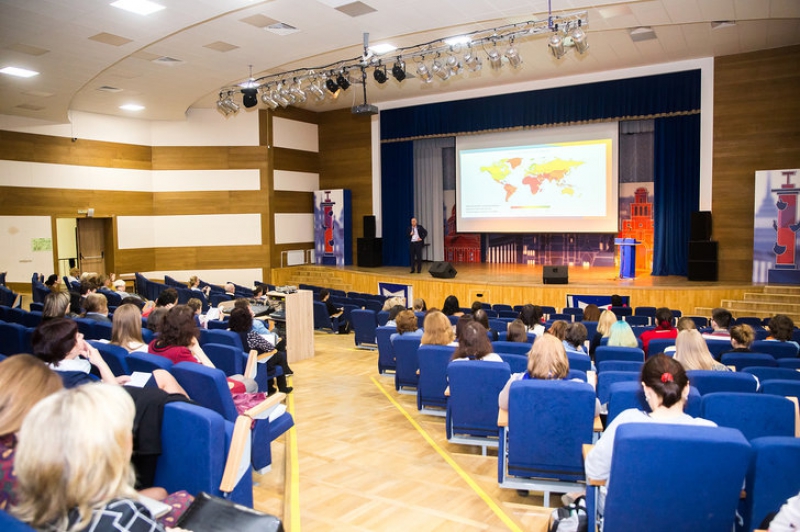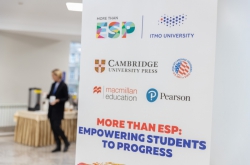These days, 20 million people in 75 countries around the world are part of the Cambridge Learning Management System. When put together, everything ever printed by the publishing house would form a pyramid 14 kilometers tall. What makes learning the English language today (as is with many other subjects) is the use of digital technology that’s become an integral part of our everyday lives. The secret for success, says Duncan Christelow, is to find the right ratio between digital and paper material, as teachers still struggle with finding the optimal balance in their work.
To show just how fundamental technology has become to our lives, Duncan Christelow suggested looking at English learning materials from several points of view: that of Bloom’s taxonomy, Maslow’s hierarchy of needs and the current research of needs among teachers and professors.

Bloom’s taxonomy
In the 1950s, Benjamin Bloom, an education professor at the University of Chicago, asked this: what goals and tasks do teachers set before themselves when entering a classroom? How are they connected? How do we check if these goals are fulfilled? In his book “Taxonomy of Educational Objectives I: Cognitive Domain”, he outlined a hierarchy of educational objectives in the cognitive domain. According to Bloom, educational objectives depend directly on the hierarchy of six thought processes, which are: remembering, understanding, applying, analyzing, evaluating, and creating.
Each level gets a set of verbs to go along with it. For instance, the first level, remembering, uses tasks that start with the words “remember”, “repeat”, “list”, “name”, “learn”, etc. The second level – understanding – is achieved through explanation, description, classification, discussion, illustration, and demonstration. Applying (third level) is done through “solve”, “explain”, “show” and others. Analytical skills (fourth level) are formed with verbs like “examine”, “compare”, “analyze. The ability to synthesize (level five) is cultivated through tasks focused on classification, construction, imagination or invention. The final group has to do with independent intellectual activity and requires students to be able to make conclusions, assessments, and recommendations, as well as to provide critique. Each level, Bloom explained, is based on the one before it.
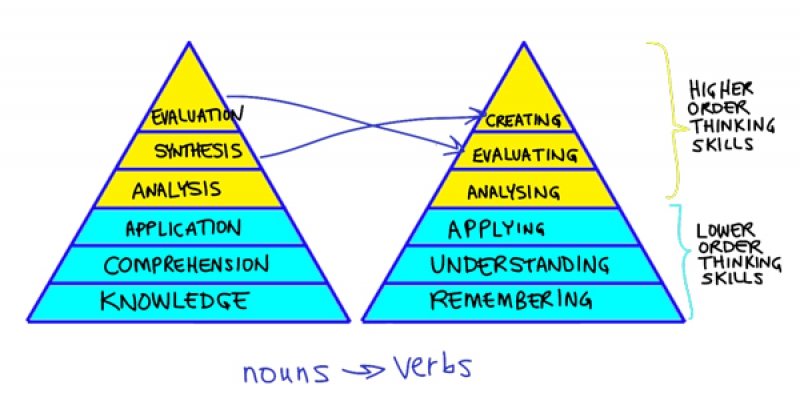
Duncan Christelow suggests looking at the Bloom pyramid through the prism of technological innovation. For instance, today remembering includes the use of interactive digital books; understanding involves a transition to a more diverse educational work with digital devices; applying requires using recording devices for practices; analysis can involve participation in online forums and blogs; evaluation includes adaptive learning, and the final level is accomplished through interaction with the real world.
Maslow's hierarchy of needs
Abraham Maslow’s hierarchy of needs is one of the most widely known theories of motivation, based on numerous psychological studies. In Maslow’s hierarchy, a need is seen as an acknowledgement of a lack of something that motivates a person to action. There are primary needs – physiological, safety and social needs, which are characteristic of humans as biological organisms, and advanced needs, which are characteristic of people as social beings and individuals. In regards to technology, here’s how Maslow’s hierarchy of needs can be seen: primary needs concern devices that provide a connection with the outside world and access to content necessary to learn the fundamental life skills. Safety needs are realized through IT security solutions. Psychological needs are fulfilled through digital communication; self-esteem is achieved through reports on achieved work, while the need for self-actualization is fulfilled by identifying issues and searching for the most optimal digital solution.
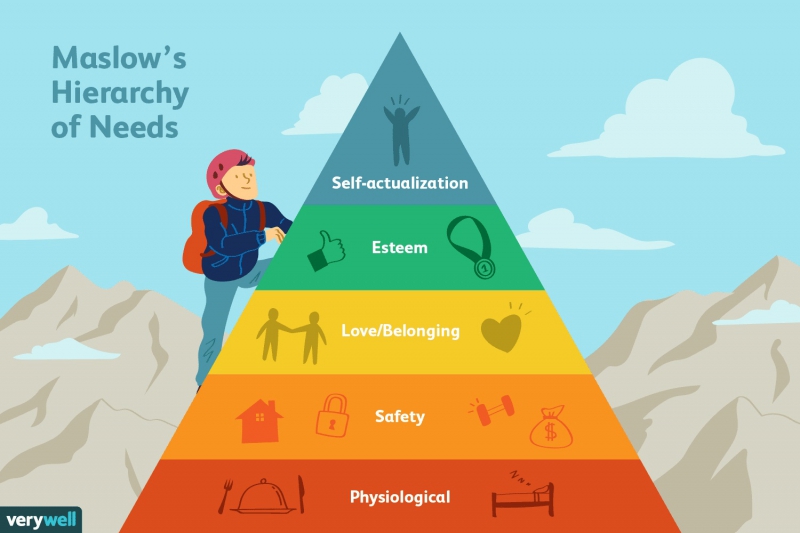
Research data
Latest research on English language teaching methods shows that, despite the influence of digital devices, most of the world still uses paper-based material. Nevertheless, technology tends to find some use, although interested parties don’t always know how to use them right and which of their needs this technology fulfills. Content is still a key factor: digital devices that provide quality content are the most effective learning method.
Teachers need flexible content
Teachers would like to be able to easily integrate regular textbooks and other sources of material into the learning process. A system that may generate various content sources, provide recommendations and pick the right material would greatly facilitate that endeavor.
Students need social interaction
Students are increasingly more interested in socializing with students of similar backgrounds and interests, both in class and outside of it. There is a sense of inclusion that forms in students within a study group; but they should seek out opportunities for genuine interaction and practice outside of class. As for digital technology, students aren’t keen on being forced to use it – it’s more effective to let them use such methods naturally.
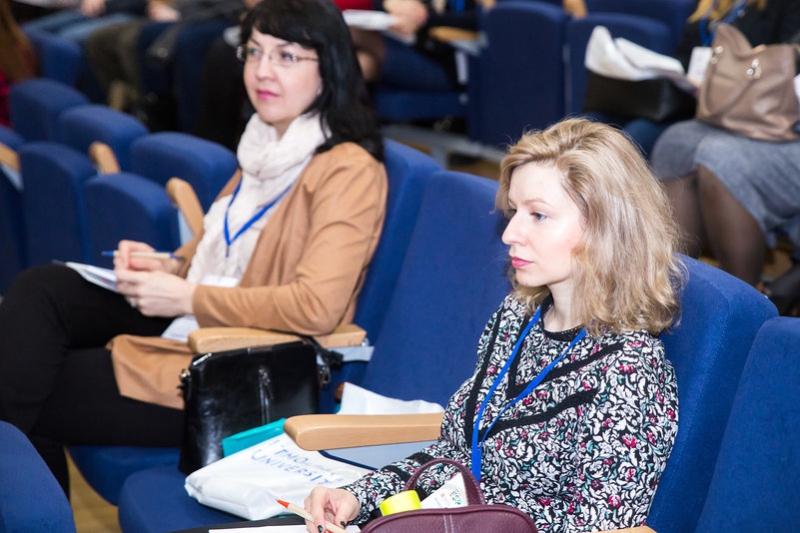
Statistics shows that students are becoming less and less interested in direct learning and want more immersion. Mobile devices can be useful here, as they provide easy access to educational content. Methods that require less direct learning, like games, videos or speaking practice, are also helpful.
Mobility
This is a truly important element of the language-learning process today, as computers must be used for learning only in class; at all other times, it is mobile devices that are most efficient. And while adults are more suited for short educational events where the presence of a tutor is optional, kids need to work in a safe environment under the supervision of teachers.
Research has also shown that parents want to receive more feedback from educational institutions, which is why the inclusion of reports in applications is becoming more and more relevant (these applications need also include notification support for students, as most of them express a need for such features).
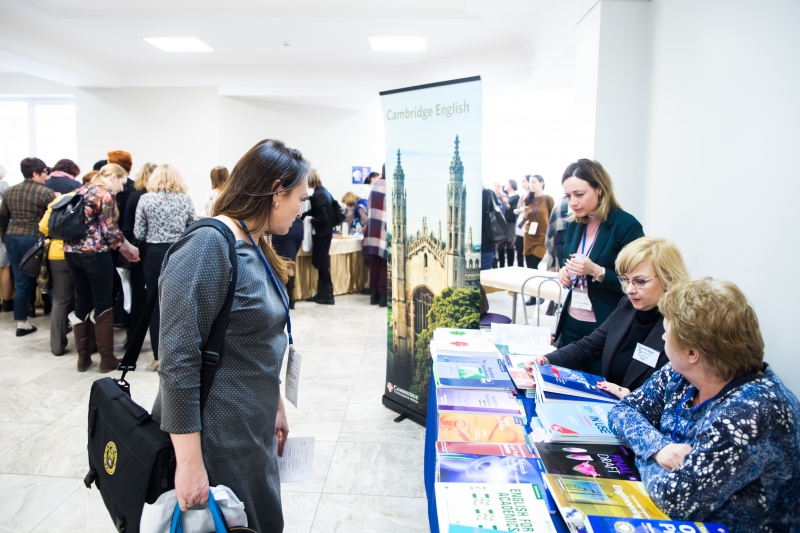
Recommendations for use of digital content
- Digital content should be accompanied by printed material; it’s important that students have access to both simultaneously.
- Students ask with increasing frequency to be given easier access to digital content without having to go through lengthy sign-up processes.
- Before using a new app, learn about and evaluate its teaching advantages. Don’t use digital content just because it’s trendy.
- Digital solutions have to touch on more real projects and cases related to everyday issues.
- Use technology to facilitate managed interaction in real life (example: virtual tours).
How to make the learning process effective
- Keep using successful projects that combine classic and digital learning methods.
- Maintain a nuanced approach to digital development based on the students’ needs.
- Keep an eye on breakthroughs in the educational market and learn to adapt to change quickly.
- Don’t give in to the hype: classic teaching methods are still effective.
More than ESP: Empowering Students to Progress is a conference focused on a crucial aspect of English language teaching – English for specific purposes (ESP), the adaptation of regular teaching methods for specific subject fields. Participants were able to discuss the current trends and methods of ESP teaching. Numerous workshops provided guests of ITMO University with the opportunity to acquire new practical skills that would help them deal with issues related to teaching groups of students of various subject fields.
